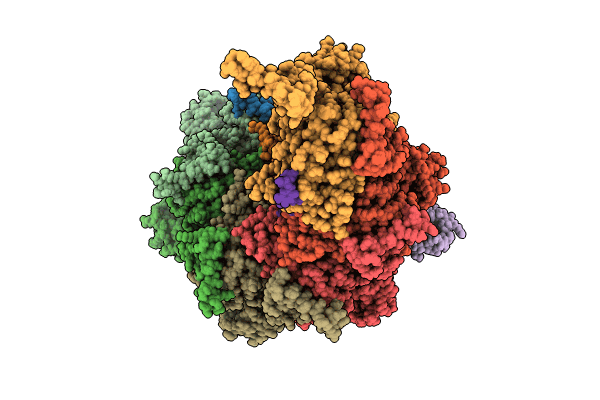
Deposition Date
2023-08-09
Release Date
2023-11-15
Last Version Date
2024-10-30
Entry Detail
PDB ID:
8TRG
Keywords:
Title:
Structure of full-length LexA bound to a RecA filament
Biological Source:
Source Organism:
Escherichia coli (Taxon ID: 562)
Host Organism:
Method Details:
Experimental Method:
Resolution:
2.93 Å
Aggregation State:
FILAMENT
Reconstruction Method:
HELICAL


